
In honour of the Complete VC Andrews page - a website which sadly ended after 25 years - I wanted to look back on one particular story I learned through Jennifer's extensive research and fan collaboration. The original Flowers in the Attic sequel was drastically different - before we had Petals in the Wind, there was Where the Green Grass Grows as the first draft.
The Howard Gotlieb Archival Research Center at Boston University has a special collection of V.C. Andrews items in their Contemporary Collections archive. The collection includes nine boxes of materials, including manuscripts, printed materials, correspondence, photographs, and handwritten notebooks.
Again thanks to the Complete VCA site, I came across a story of Jessica - a V.C. Andrews fan - who visited the The Howard Gotlieb Archival Research Center at Boston University and was able to read through the first draft of the continuation of the Dollanganger Saga.
This is an unpublished manuscript, a first draft of what ultimately became Petals on the Wind. It's 486 typed pages (though the first chapter is missing) and is written in third person. Jessica was not able to read the entire manuscript—she had to skim read the last part due to lack of time—but here are some differences she noted between Where the Greener Grass Grows and the published Petals on the Wind:
- The incest is only mentioned once, early in the story, when Chris comes to Cathy and says that what happened in the attic cannot happen again.
So this is an interesting concept that was scrapped. In the book, Cathy and Chris were always in a vague non-committal phase of their relationship. Both rejecting and giving into their forbidden feelings, the pairing spend a large portion of the novel apart. While the film adaptation clearly showed both characters suppressing their feelings, book Cathy was forever conflicted - wanting Christopher to move on, but also not wanting him to move on.
The issues - aside from the obvious - if their relationship and the fact what happened in the attic was an assault is called out by Jory (Cathy’s son in If There Be Thorns), but neither Cathy or Chris acknowledge this in Petals or to themselves until it is confronted in the third book. Although this would’ve taken much of the conflict away, this version showed the characters actually making a good decision - which is rare.

- Cathy says she no longer wants to be a ballerina, and she never dances again.
This is a really sad aspect that I’m glad wasn’t written into the final draft. On one hand, I completely understand that this version shows Cathy associating something she loved with her trauma – so naturally she would want to remove all memories of her from her life.
However, reading Cathy thriving in her professional career while her personal life and relationships spiral was such an interesting contrast. When she does have to retire in later books, she does turn her hand to writing… maybe she starts penning Flowers much earlier? I would’ve been interested to also read who Cathy becomes without her defining characteristics of being a ballerina.

- Carrie and Chris fade into the background for the first half of the book.
As Cathy’s siblings are such a vital role within her story and motivations, I’m glad this book didn’t shift the focus solely onto Cathy. All three characters are such interesting counterparts to each other, especially in how they individually deal with their trauma.
Upon reflection, I think Petals would’ve added more layers if Chris and Carrie had their own perspective chapters. Which they kind of do in the final draft, but mainly through Cathy retelling the events after they happened. However, the first part of the book which explores their initial escape and reintegration into society had some perfect gothic undertones.
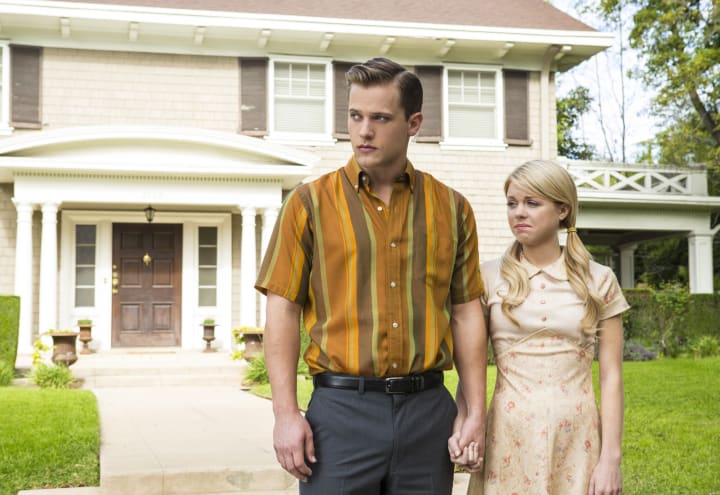
- The story focuses on Cathy and her dating Paul and ultimately marrying him. She stays married to Paul for the entire book, and Paul is still alive by the end.
Okay, this is controversial among some V.C. Andrews readers - I really didn’t like this pairing in the book at all. The age gap, the fact he’s her legal guardian, her being vulnerable due to trauma, his very disturbing first marriage that goes full Jane Eyre. Everything about it had me cringing whenever they were on page together. Yet, he was written to be the healthiest choice among her suitors - which in Petals included her brother, her stepfather and abusive dance partner. Not exactly tough competition, but still - Cathy definitely needed a therapist more.
It seems like The love hexagon would’ve been scrapped in the original sequel, which also raises questions on whether Cathy would go on the revenge plotline. Usually I don’t like it when screenwriters make drastic changes to plot points or character relationships, but I’d make an exception for Alpert’s decision to write Paul solely as a father figure to all the kids - I probably would have done the same, but I wouldn’t have his death be right at the start of the script.
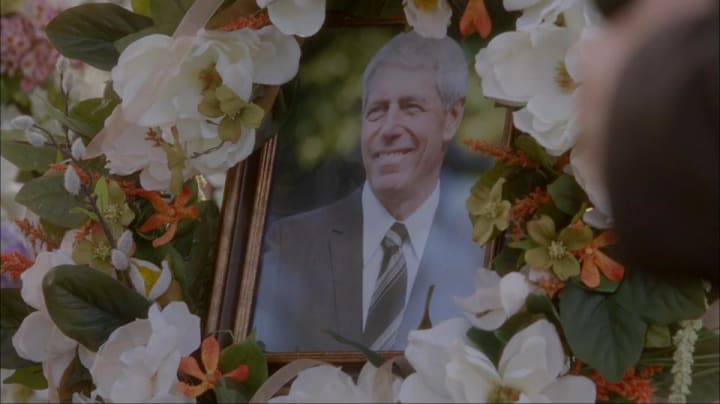
- Paul is still a doctor, but he also helps children of abusive parents.
This is a nice character aspect, but it also strengthens my resolution that he and Cathy shouldn’t have pursued a romantic relationship. Especially if he was going to work with children who were specifically from abusive upbringings.
Although this does imply he didn’t treat his first wife the way he did in the book, but the context of his relationship with Cathy is still wildly inappropriate with her history, especially if it starts when she’s still a minor.

- Carrie marries Alex and she has a baby girl named Catherine Leigh. It's unclear if Alex is a minister.
With many of the relationships in this book being inappropriate, abusive, toxic and sometimes dangerous - Carrie and Alex was quite literally a breath of fresh air.
I definitely preferred their relationship in the book, which was definitely the healthiest V.C. Andrews love story - sadly, the film lacked the same chemistry with even less screen time to develop it.
The idea that Carrie ultimately found happiness and even had a husband and child, this is an arc readers would have loved to see… even if it ended in tragedy, which is typical for a V.C. Andrews book.

- Neither Jory nor Bart Jr. are in the book.
This makes sense, especially if Julian and Bart aren’t featured in the book. But if Cathy doesn’t throw herself into toxic relationships or crazy revenge schemes, where is the campy melodrama?
Was Cathy a well-adjusted individual who dealt with her trauma properly and over time? I’m not sure how I feel about that…
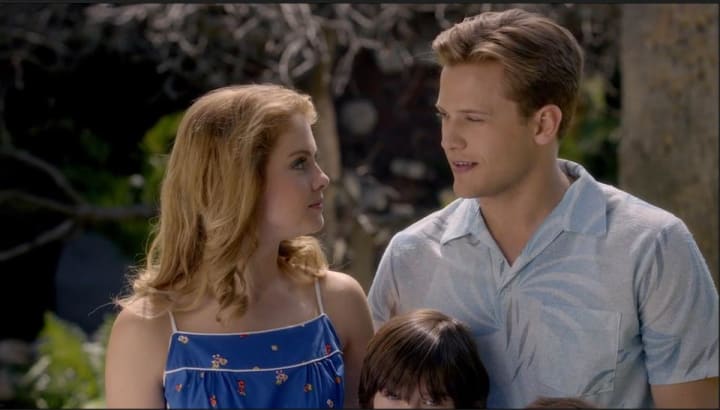
- Chris marries a nurse named Sarah. She's not mentioned at the end of the book, so it's unclear if Chris stays married to her.
A love interest named Sarah was written into the 2014 movie adaptation, so I’m assuming this is where Kaya Alpert was inspired to write this character. I actually really liked this inclusion in the film, because aside from his fatherly relationship to Carrie and his “feelings” for Cathy, Chris never had a significant relationship with anyone else in the books.
Sure, we read that Chris has had relationships while at university and even slept with a rival ballerina of Cathy’s, but nothing of substance is ever presented. Sarah’s character gives Chris an opportunity to explore a normal relationship with someone who genuinely cares for him.
For a character who craves normalcy, it was great to see him find it and devastating to see when he couldn’t accept it. Wyatt Nash actually played this inner turmoil really well, which was complimented by Whitney Hoy’s endearing portrayal of Sarah.

- Corrine is brought to trial for what she did to her children. The verdict is unclear, but she was set free.
I really, really wanted to see Corrine and even Olivia brought to trial for what they did to the kids. In a way, Corrine escapes actual accountability for her actions when she’s declared insane after she has a very public breakdown and burns down the house of horrors.
Even with Corrine’s mental health taken into consideration, I’m dubious about the outcome of the trial. Given her privilege, status as an heiress and ridiculous wealth, there’s a strong chance she could’ve been found not guilty. However, this is a woman who knowingly committed incest with her half-uncle and had four children. She also locked said children in an attic, murdered one and attempted to murder the remaining three for financial gain - could these charges be ruled as those of that of a mentally ill woman? Possibly.
That would make sense and be tragically realistic if Cathy, Chris, Cory and Carrie didn’t get justice - however, Corrine would most definitely lose her status in high society with these revelations… maybe that would be punishment in its own way.
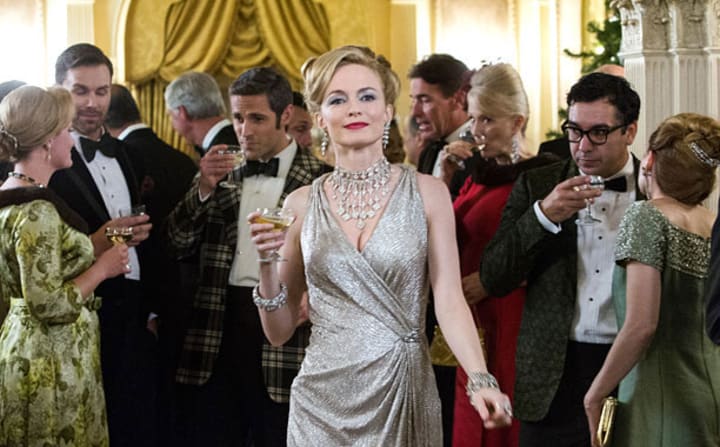
- Both Corrine and Carrie die by the end of the book, but it's unclear how.
Naturally, this would have made Carrie’s death sadder - especially given she had found happiness with Alex and Catherine, but what happened? Given the circumstances, I could imagine this story playing out one of two ways:
Cathy becomes the guardian of Catherine and vows to give Carrie’s child the childhood they were deprived of. Alternatively, I could see Alex (if he’s alive) blaming Cathy and Chris and moving away from the family with Catherine. Again, this would really depend on the circumstances.
This would be similar with Corrine and whether she seeks redemption, forgiveness or continues to deny all guilt and accountability. By the sounds of it, Carrie’s death doesn’t spur Cathy to continue with her revenge plan or Corrine doesn’t seek absolution for her actions.
Maybe this could be a flash forward explanation rather than a plot point, but this sounds like a much calmer sequel with less stakes. So, I doubt this changes the narrative of Cathy or Christ despite the grief and resentment it’ll cause.

- Foxworth Hall is still standing.
So, I think it’s safe to rule out Corrine and Carrie’s demises being linked to the Foxworth fire. Again, this confirms Where the Green Grass Grows would’ve been less dramatic compared to Petals on the Wind. This draft seemed to focus more on healing from trauma rather than being fuelled by it to get revenge.
This raises many more questions about the outcomes of characters such as Olivia and Bart, but the fact Foxworth is still standing implies the impact of the trial didn’t reach the conclusion the dreaded Christmas party did.
This states that the house is still standing, not necessarily that anyone is living in it. It’s plausible Olivia passes away during or before the events of the book and we know Corrine dies by the end of this book, so my theory is that the house has been left empty.
The concept of a physical reminder of the kids’ torment and tormentors would be a dark way to end this book, that would actually be a chilling end to the book.
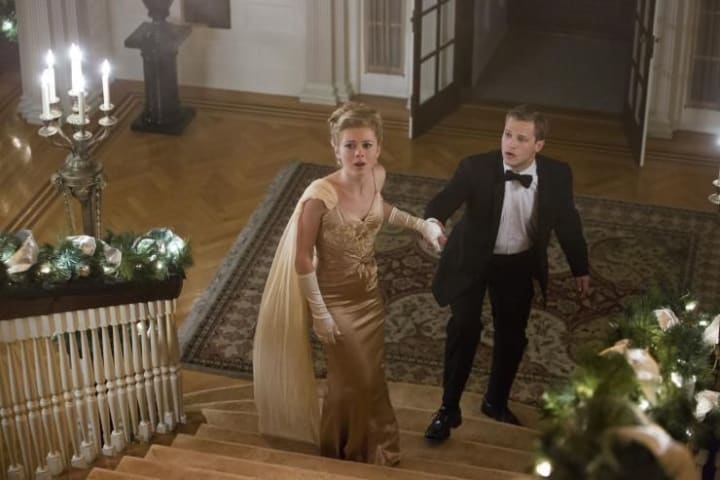
What do you think of this earlier draft of the sequel to Flowers in the Attic? Was there any plot points you’d have wanted kept in the final publication?
It’s been awhile since I’ve written something V.C. Andrews related - and it looks like there will be more to come in 2022.




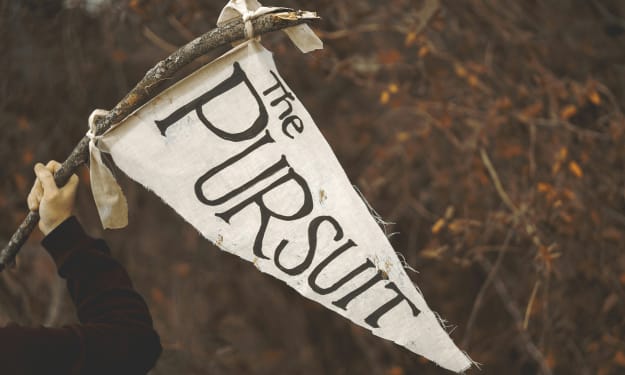

Comments
There are no comments for this story
Be the first to respond and start the conversation.